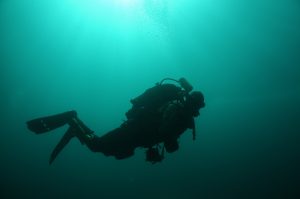
By Johnny Hamilton
The last couple of weeks have seen us enjoying the best of weather, with the long stretch in the evenings enabling us to partake in some excellent supper-time dives. As I scribble these few lines from the wheelhouse of Embarr, Kinsale is still bathed in light and its pushing 9pm. But what of the light beneath the waves? How is it behaving?
Light in the ocean is like light in no other place on Earth. The oceans absorb light much more efficiently than air does. Visible light is made up of a rainbow of different colours each representing a different wavelength from blue to red. With its shorter wavelength, blue light travels farther in the sea than all the other colours. Seawater absorbs red, orange and yellow colours in the first few meters of the ocean. A diver in a few meters depth of water looking in his or her mirror would see their lipstick as black! When light falls on a substance it does one of three things: it can be scattered by bouncing off the molecules of the substance, it can pass through the substance or it can be absorbed by the substance.
Much sunlight reflects from the ocean but much of it penetrates deep into it and is absorbed by seawater. Phytoplankton and dissolved organic matter hugely influence the behaviour of light in seawater.
A couple of hundred kilometers from shore a diver will see extraordinarily clear blue water due to the low concentrations of phytoplankton and dissolved matter. Nearer the coast, high nutrient levels allow dense growth of phytoplankton making the water appear green and darker. Forests appear dark and green for the same reason- plant pigments absorb blue and red wavelengths of light, and reflect the remaining green light.
In clear ocean water, visible light decreases approximately 10-fold for every 75m that you descend. This means that at 75m the light is 10% as bright as it was at the surface; and at just twice that depth, 150m, it is another 10-fold dimmer, or 1% of surface light. Below this depth there is insufficient light for photosynthesis, but there is still plenty of light for seeing. This is because eyes are useful over an astonishing range of intensities, from the bright sun at high noon to the dim light of a crescent moon.
With the fading evening light we are now off for a quick snorkel to put a cap on another beautiful day in sunny Kinsale.
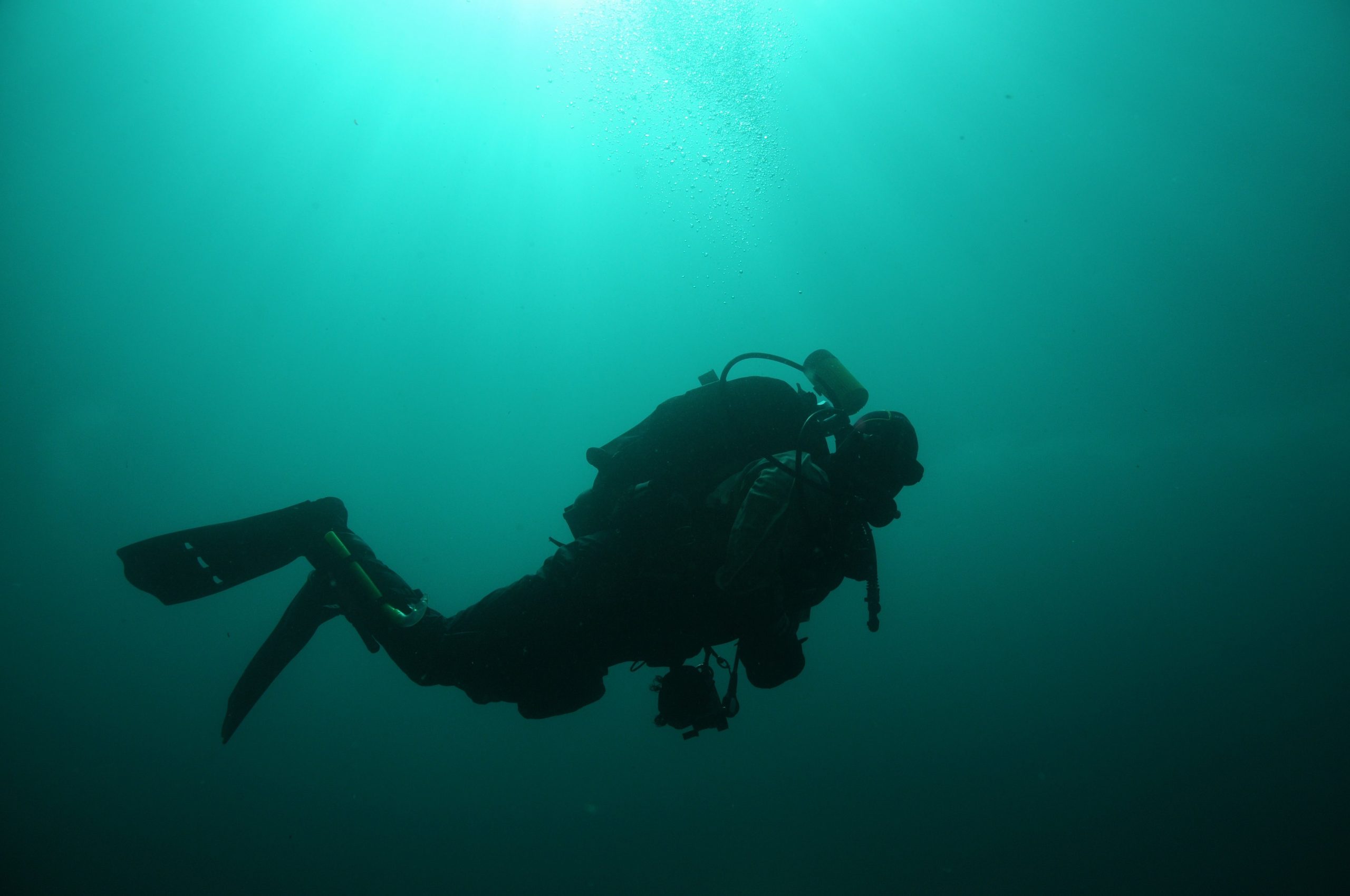
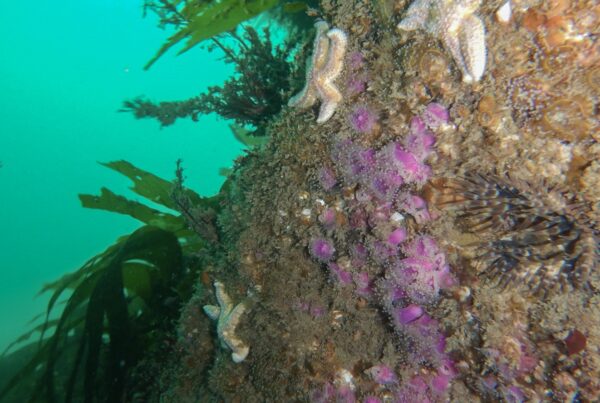

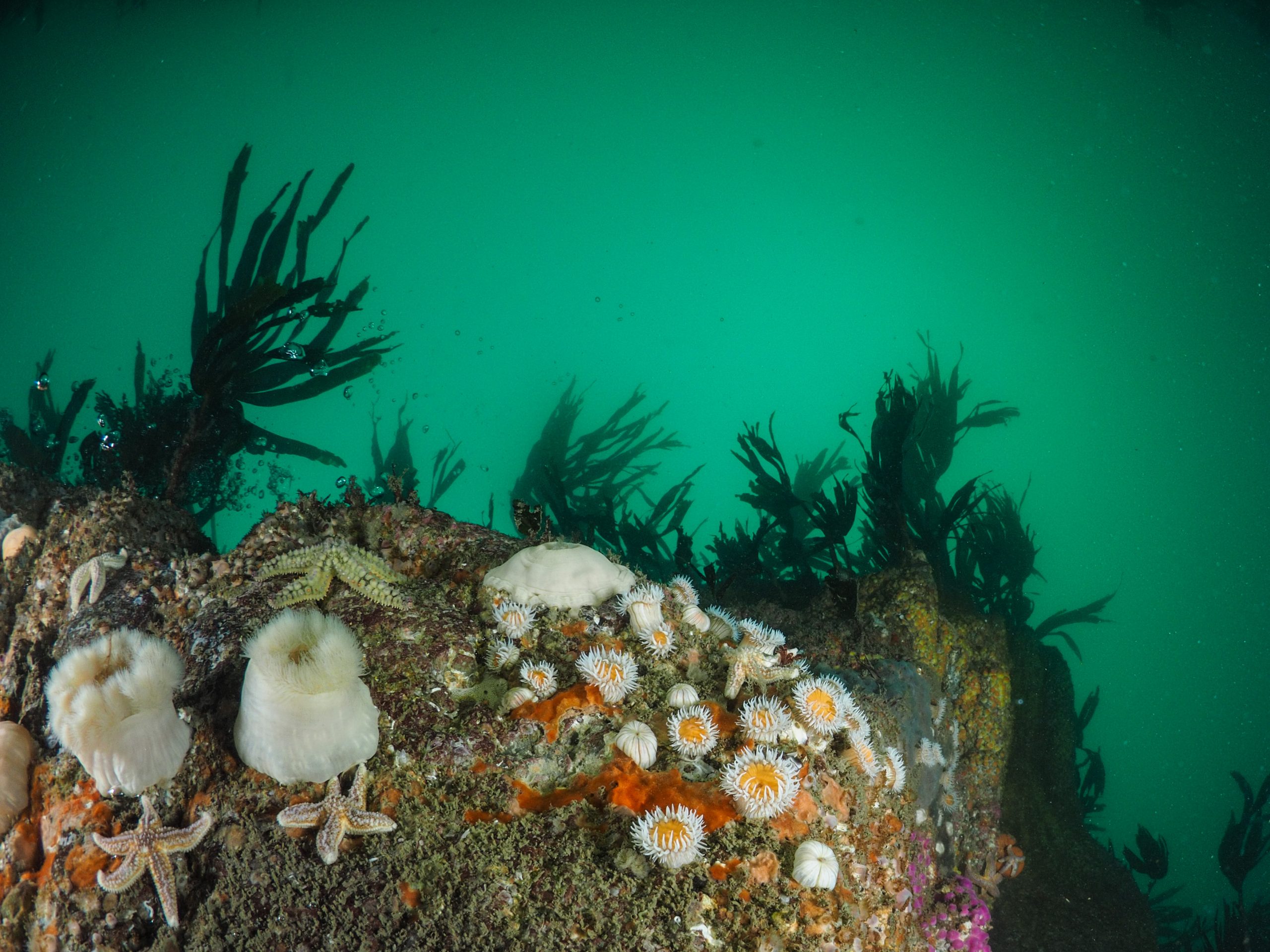




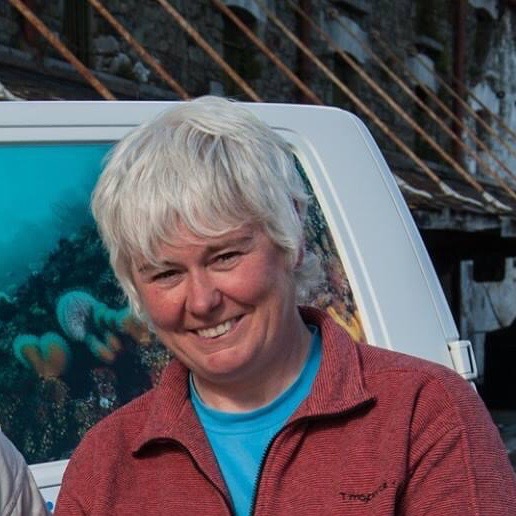


Thanks for the very interesting and educational blog John, keep it up, as the actress said to the bishop.
Thanks for the very interesting and educational blog John, keep it up, as the actress said to the bishop.